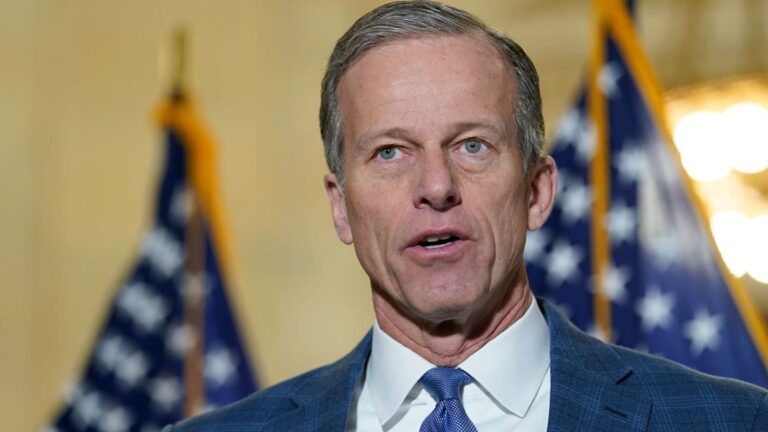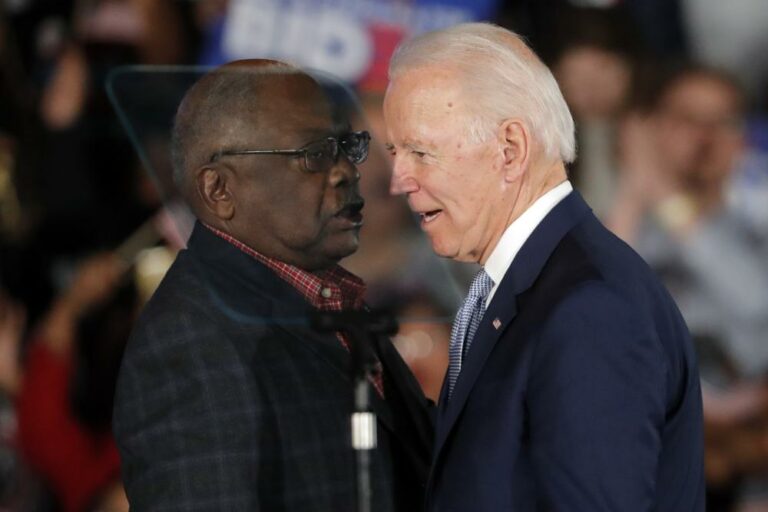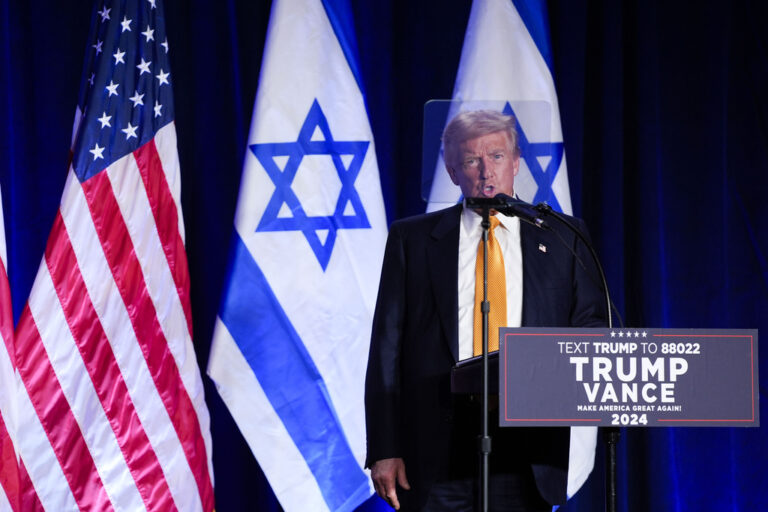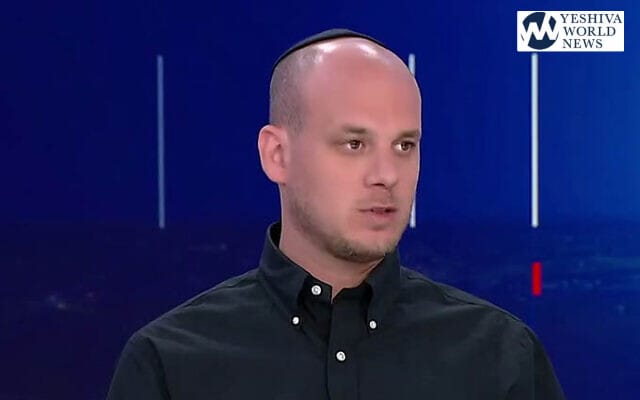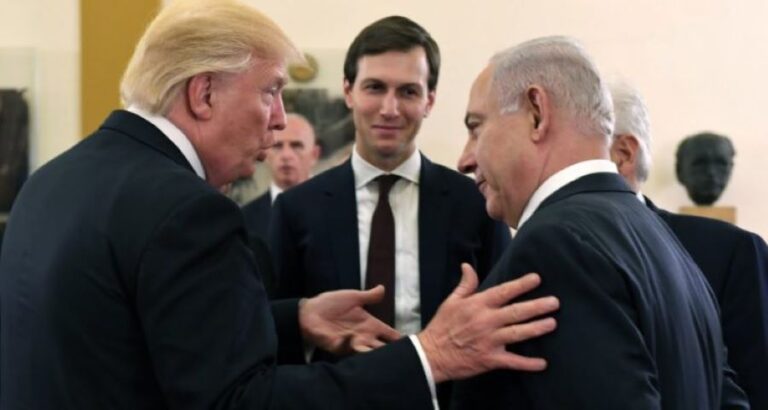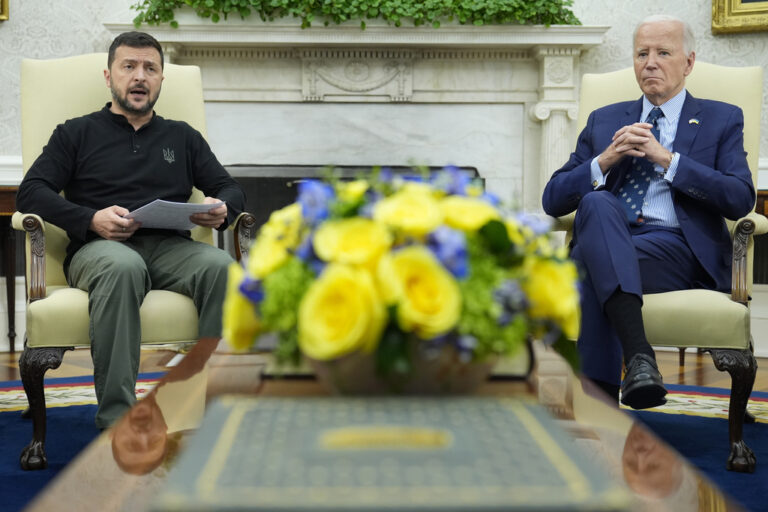 The Federal Reserve is keeping its key interest rate unchanged but signaling that it will likely raise rates before year’s end.
The Federal Reserve is keeping its key interest rate unchanged but signaling that it will likely raise rates before year’s end.
The Fed said in a statement ending its latest policy meeting Wednesday that the U.S. job market has continued to strengthen and economic activity has picked up. But it noted that business investment remains soft and inflation too low and that it wants to see further improvement in the job market.
The central bank characterized the near-term risks to its economic outlook as “roughly balanced.” It was the first time it has used that wording since late last year, when it most recently raised rates. Most analysts have said they think the Fed will next raise rates in December.
“The Fed appears to be firmly on track for a December hike,” Paul Ashworth, chief US economist at Capital Economics, said after the statement was issued.
Stock prices rose in the hour after the Fed issued its statement and during a news conference by Chair Janet Yellen.
In its statement, the Fed said its policy committee had concluded that “the case for an increase in the federal funds rate has strengthened but decided, for the time being, to wait for further evidence of continued progress toward its objectives.”
At the same time, the Fed made clear in updated forecasts it issued Wednesday that it expects economic growth to remain tepid for the next three years. It expects the economy to expand just 1.8 percent this year and by an almost equally sluggish 2 percent in both 2017 and 2018.
The policymakers also forecast that inflation will nearly reach the Fed’s 2 percent target next year before achieving 2 percent in 2018 and 2019. Inflation has remained below that level for more than three years.
For the first time in nearly two years and for the first time since Yellen became Fed chair in February 2015, there were three dissents to the Fed’s statement. The three officials are all presidents of regional Fed banks — Esther George of Kansas City, Loretta Mester of Cleveland and Eric Rosengren of Boston. All wanted the Fed to raise its key rate at this meeting.
“This seems to have been one of the most divisive FOMC meetings in recent memory,” Ashworth said.
The Fed’s next meeting is just a week before the November elections, and most analysts think it wouldn’t want to raise rates so close to when voters go to the polls. That’s why the last meeting of the year in December is seen as the most likely time for the next rate hike as long as the economy keeps improving in line with the Fed’s expectations.
In its updated forecasts Wednesday, the Fed lowered its expectation for the long-range level of its benchmark interest rate to 2.9 percent from 3 percent in June and 3.5 percent before then.
Until recently, many Fed watchers had thought that a rate hike was likely this week. They believed that the Fed, starting with a late-August speech by Yellen in Jackson Hole, Wyoming, was preparing investors for an imminent increase.
In that speech, Yellen suggested that given the job market’s solid gains and the Fed’s outlook for the economy and inflation, “the case for an increase in the federal funds rate has strengthened in recent months.”
Other Fed officials, including Vice Chairman Stanley Fischer, made similar observations, seemingly part of a collective signal that a September rate hike was probable if not definite.
Sentiment shifted, though, after Lael Brainard, a Fed board member and Yellen ally, laid out the case for delaying a resumption of rate increases for now. Brainard’s comments, coupled with a string of weaker-than-expected economic data, led watchers to conclude that there will likely be no rate increase this week.
Analysts suggested that policymakers who favor a go-slow approach to rate increases, who include Yellen, weren’t yet ready to act this week, especially after the recent string of tepid readings on the economy.
Job growth slowed in August. A manufacturing gauge slid back into recession territory. An index that tracks the services economy, where most Americans work, fell to its lowest level since 2010. U.S. shoppers retreated in August to depress retail sales after four straight monthly gains.
And perhaps most critical for some Fed officials, inflation has yet to make significant progress in rising toward the central bank’s 2 percent target range.
The Fed’s statement Wednesday was issued hours after the Bank of Japan, struggling to rejuvenate an ailing economy, set a more ambitious goal for raising inflation and announced steps meant to raise the profitability of financial firms.
Analysts expressed doubt, though, that the Bank of Japan’s new target would change the mindset of shoppers and businesses long used to a stagnant economy and flat or declining prices. They said they expected Japan’s central bank to eventually slash its policy rate further.
In Europe, Mario Draghi, head of the European Central Bank, is seeking help from the governments of the 19 counties that use the euro currency. The ECB this month left its aggressive stimulus measures unchanged and urged European governments to spend more on infrastructure and to enact reforms to make their economies more efficient and business-friendly.
(AP)


